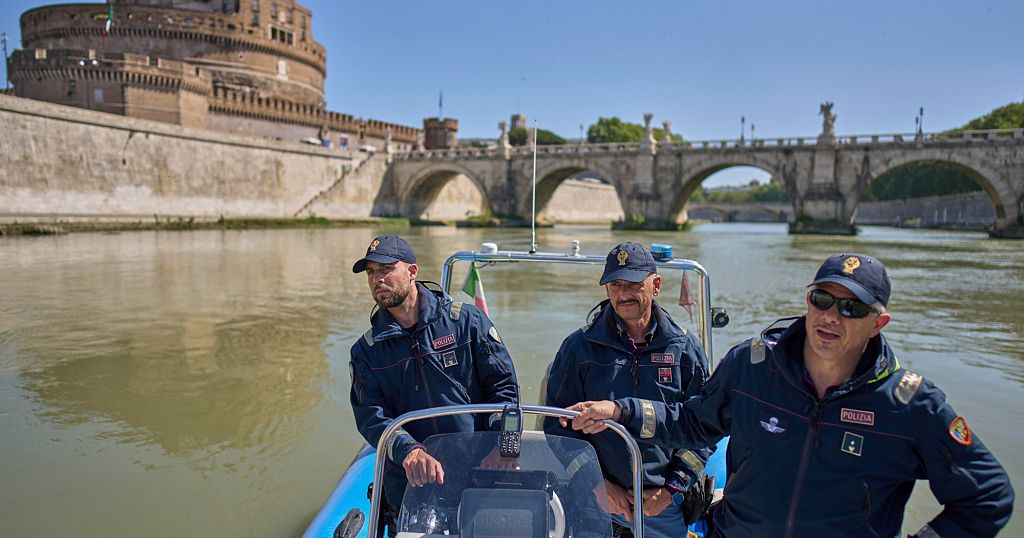Heavy security as Haiti’s main airport reopens a month after shutdown

Haiti’s main international airport reopened on Wednesday a month after gang violence in the capital, Port-au-Prince, forced it to shut down.
There was heavy security at checkpoints on roads leading to Toussaint Louverture International Airport.
Haitian soldiers, assisted by Kenyan police leading a United Nations-backed mission in the country, were seen screening people entering the area.
The Guy Malary terminal, which serves domestic flights, also reopened on Wednesday.
The airport was closed in November for the second time this year after commercial aircraft came under gunfire from gangs.
Haiti’s government says the decision to resume normal operations is as part of a strategic approach aimed at restoring a secure environment and relaunching economic activities.
However, despite the reopening of the airport, it is not yet clear when commercial flights will resume.
The announcement came as the United States aviation watchdog, the Federal Aviation Administration, extended a ban on US airlines flying there.
Since the beginning of the year, Haiti has been ravaged by gang violence that toppled the country previous prime minister and has brought death and chaos to the streets.
Source: Africanews















